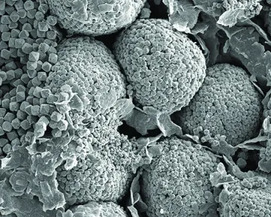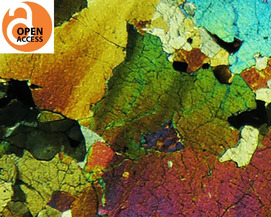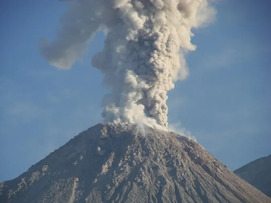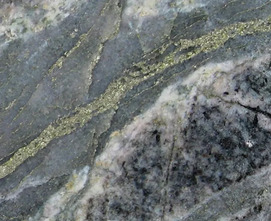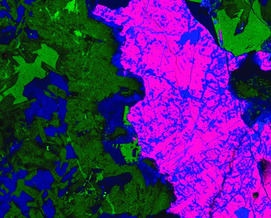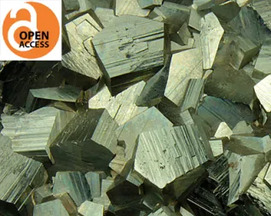Sedimentary Sulfides
Sedimentary sulfides constitute over 95% of the sulfide on the surface of the planet, and their formation, preservation and destruction largely determines the surface environment. The sulfide in sediments is mainly derived from the products of sulfate-reducing bacteria, which are currently responsible for oxidizing over half the organic matter flux reaching sediments. Pyrite is the mineral overwhelmingly produced. The geochemistry of pyrite, both in terms of its isotopic composition and its trace-element loading, has varied dramatically over geologic time. As such, it is a major source of our current understanding about the nature of the early Earth and of the Earth’s subsequent geochemical and biological evolution.
Sedimentary Sulfides Read More »


